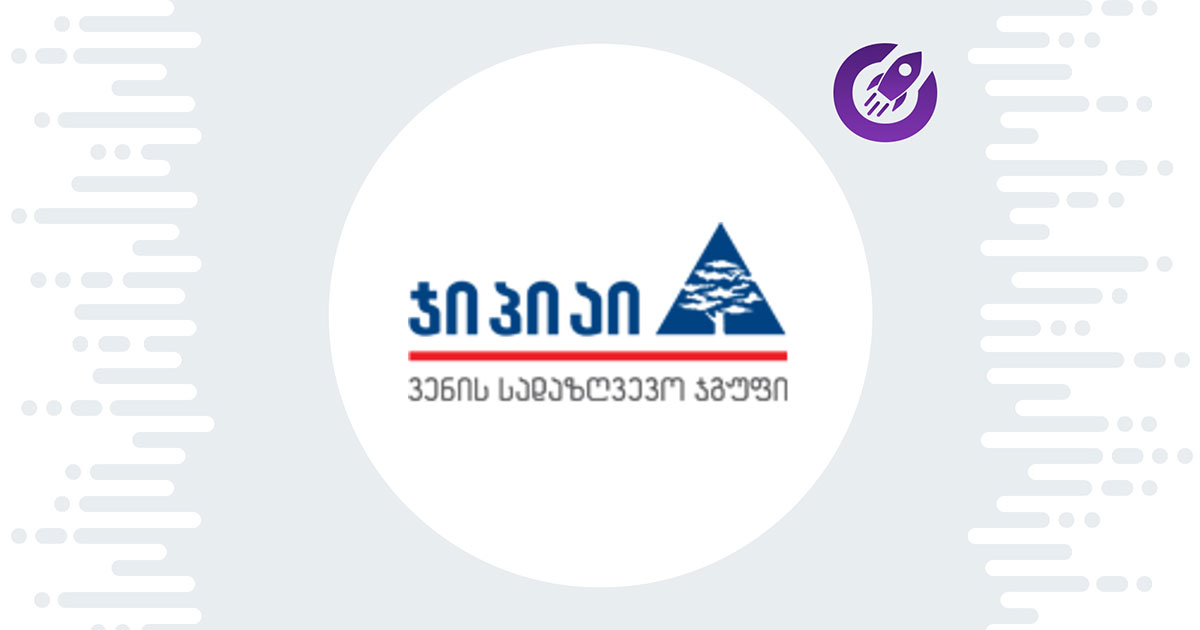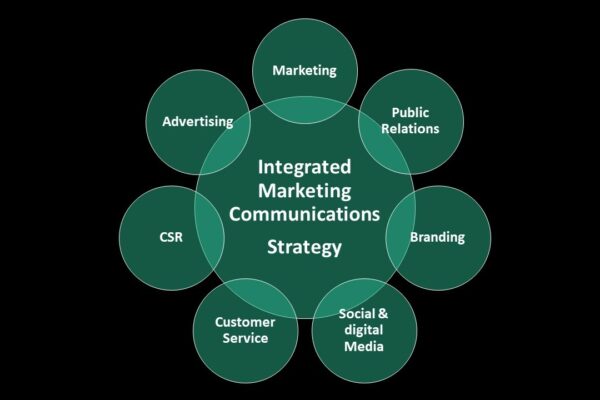
Segmentation Basics for GPI Holding
Tatia Gadrani, IBSU, Marketing
Glocalization (a portmanteau of globalization and localization) is the “simultaneous occurrence of both universalizing and particularizing tendencies in contemporary social, political, and economic systems.” The notion of glocalization “represents a challenge to simplistic conceptions of globalization processes as linear expansions of territorial scales. Glocalization indicates that the growing importance of continental and global levels is occurring together with the increasing salience of local and regional levels.”
Companies deciding to market their products in different countries typically have a choice of three common strategies to pursue. The first is the straight product extension. This means taking the company’s current products and selling them in other countries without making changes to the product. The advantages of this strategy are that the company doesn’t need to invest in new research, development, or manufacturing. Changes may be made in packaging and labeling, but these are driven by local regulatory requirements. The disadvantages, however, are that its products may not be well suited to local needs and that the products may be more costly
The second strategy is product adaptation and refers to modifying the company’s existing product in a way that makes it fit better with local needs. For example, when Procter & Gamble (P&G) introduced Tide laundry detergent in emerging markets like India, it changed the formulation to remove softeners. The reformulated Tide cost less than the original Tide. This change was important because price was an important factor in India where income levels were lower. Indian consumers were more able to afford the reformulated Tide.
Another way to localize a product is through packaging. Locally appropriate packaging doesn’t just mean using the country’s language. It also means creating packaging sizes that suit the country. For example, a company wanting to make its products more economical to less-wealthy countries may be tempted to sell larger, economy-sized packaging. But emerging-market consumers often prefer smaller package sizes, even if that increases the cost-per-use. They tend to buy sachets of shampoo rather than economy-size bottles. These smaller sizes are also easier to transport to local villages or to store in smaller-sized homes.
If we consider the global transformation of GPI Holding and its services, we should start talking about expanding the boundaries of these services. On the example of Georgia, this will be the withdrawal of GPI Holding insurance at the international level, it means that if the holding insurance affects the holding services and products in all countries, it will become global.
The four main types of market segmentation are:
- Demographic segmentation: age, gender, education, marital status, race, religion, etc.
- Psychographic segmentation: values, beliefs, interests, personality, lifestyle, etc.
- Behavioral segmentation: purchasing or spending habits, user status, brand interactions, etc.
- Geographic Areas: neighborhood, area code, city, region, country, etc.
Demographic segmentation is about understanding the makeup of your audience and drilling down to create a number of audience groups according to things like age, location, socioeconomic background, and family situation.
It helps businesses to show the right advertising to the right people
Psychographic segmentation is defined as a market segmentation technique where groups are formed according to psychological traits that influence consumption habits drawn from people’s lifestyle and preferences. It is mainly conducted on the basis of “how” people think and “what” do they aspire their life to be.
Any organization which intends to understand their consumers’ thought process can divide their target market according to this segmentation method. Psychographic market segmentation is one of the most effective segmentation methods other than demographic segmentation, geographic segmentation, and behavioral segmentation.
Segmentation has always been a key component of the most effective marketing strategies. Dividing customers into smaller groups based on their needs and actions ensures you are best placed to efficiently solve their problems and in turn, sell more of your products.
Whilst understanding information such as your average customer’s location, age, and gender are essential first steps to begin addressing those needs, sometimes it is necessary to go one step further.
Leveraging other useful customer metrics like behavioral data can help you identify how your customers interact with your business. For example, behavioral segmentation can answer questions like How many times they visit your online store before purchasing?; or Which promotional message – a discount code or a free shipping guarantee – is more likely to nudge them towards a higher-value purchase?
Geographic segmentation is a common strategy when you serve customers in a particular area, or when your broad target audience has different preferences based on where they are located. It involves grouping potential customers by country, state, region, city or even neighborhood. This marketing approach is common for small businesses that serve a wide demographic customer base in a local or regional territory.





